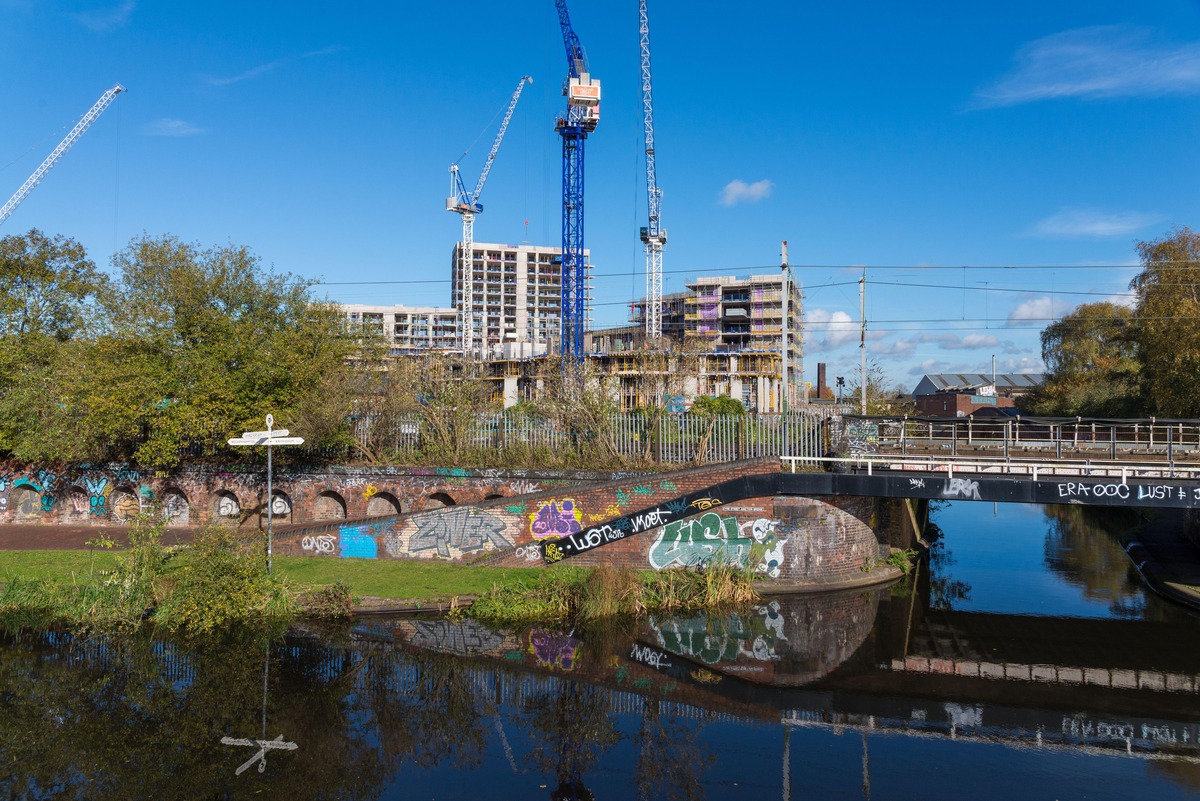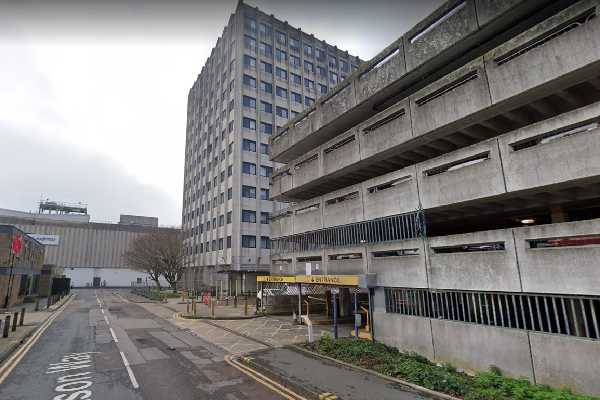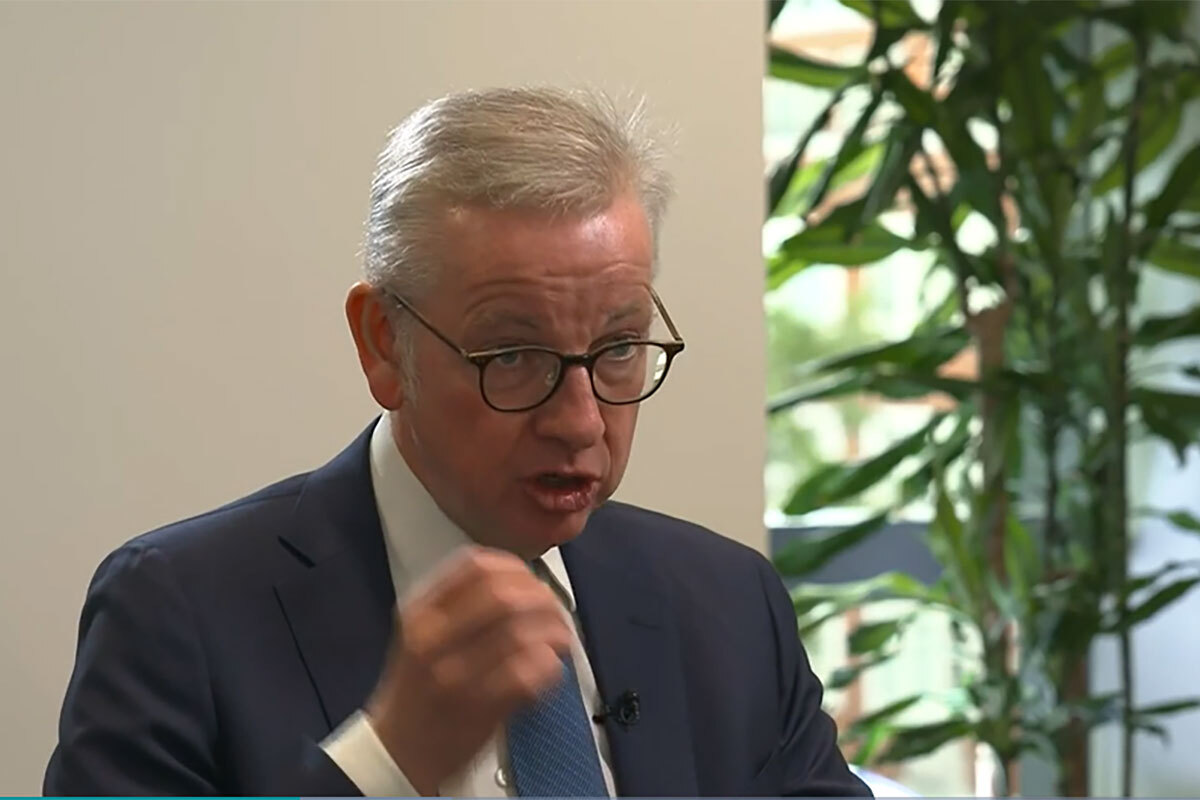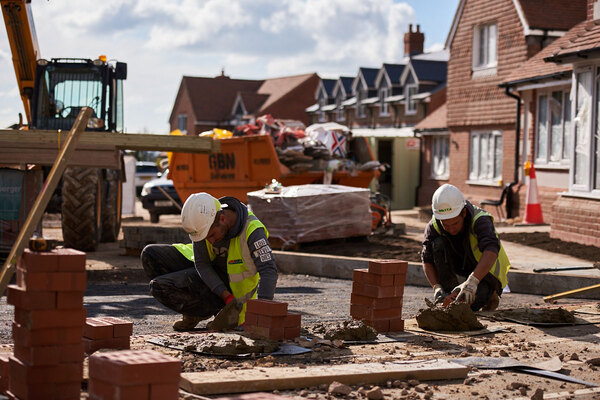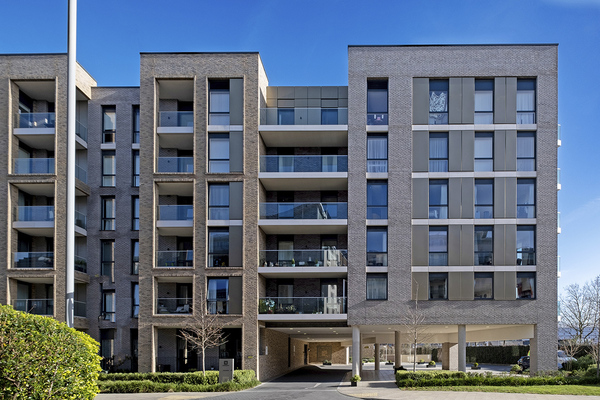
Jules Birch is an award-winning blogger who writes exclusive articles for Inside Housing
The government’s new ‘long-term plan’ is neither long term nor a plan
The latest announcements from the Conservatives are just a mish-mash of old empty promises, writes Jules Birch
If the opinion polls and by-election results are anything like accurate, the ‘long term’ will only be a maximum of 17 months, but let’s assume that Rishi Sunak returns in triumph as prime minister at the next general election, with the faithful Michael Gove as his housing secretary.
Together, they trumpet their achievement of delivering a million new homes over the course of the last parliament and say they are still committed to their target of 300,000 new homes a year without specifying exactly when.
But then what? The politics of “the right homes in the right places” (aka non-Conservative constituencies in inner cities) has worked out nicely, with the Conservatives keeping a swathe of suburban and rural seats, thanks in part to their attacks on Labour plans of “concrete over the countryside”.
“So much for the (possible) future, but look a little closer in the present and it is hard to ignore the echoes from the past”
The reality on the ground is rather different. The housebuilding industry has scaled back its output in the wake of the housing market downturn, even if fears of a full-blown crash were not realised.
In any case, as seen from after the next election, that million new homes in the previous parliament was not much more than in the one that came before. Help to Buy delivered 387,000 of the completions between 2013 and 2023, but has finished.
Some are calling for the scheme to be revived, but the Treasury will need some convincing after what looked like a one-way bet on rising house prices turned into losses on many of the most recent equity loans.
Negative press coverage about Help to Buyers who need more ‘help’ is becoming a major headache that is only accentuated by problems that continue to dog leaseholders despite Mr Gove’s Building Safety Act.
So much for the (possible) future, but look a little closer in the present and it is hard to ignore the echoes from the past.
Does that “long-term plan” remind you of anything? How about Robert Jenrick’s housing strategy from 2020? Or David Cameron’s “radical new policy shift” in 2016 or “radical and unashamedly ambitious” housing strategy in 2011? You get the picture.
The ‘new’ long-term plan borrows elements from all of those even as it bins the planning reforms at the heart of the Jenrick strategy. It reheats the extension of permitted development that began in 2013 by extending it to warehouses and takeaway shops – without the abuses of the past, if Mr Gove can be believed.
But it also reaches further back. The revival of the inner cities pledged now sounds remarkably like the “urban renaissance” once promised by John Prescott and Richard Rogers.
The Office for Place, the new design watchdog that is meant to deliver “beautiful” homes, does look to have the potential to overcome objections to new homes with a more traditional aesthetic that appeals to local councillor and residents.
“In reality, of course, this is less a long-term plan than a short-term need for something to say”
But designers remember the speed with which the Conservatives abolished the Commission for Architecture and the Built Environment (CABE) in 2011 for having the temerity to criticise the generic boxes produced by the volume house builders.
The new development corporations that are meant to be the delivery vehicle in Northern cities reach even further back for their inspiration. But will Mr Gove force them on Labour councils as Lord Heseltine and Margaret Thatcher did in the 1980s and 1990s, or bribe them to take part?
As for Docklands 2.0, think East Thames Corridor, Thames Gateway and so on going back 40 years or more – the branding is not the problem, the funding for regeneration is.
The plans for a new quarter in Cambridge look much more ambitious even if they make you wonder what happened to the rest of the Oxford-Cambridge Arc.
Within that, plans to capture more land value by rethinking the premium paid to landowners on top of the agricultural use value sound both radical and alike a return to the system that financed the post-war new towns.
Seen alongside proposals on hope value in the Levelling Up and Regeneration Bill, the potential is there for a long-term legacy.
In reality, of course, this is less a long-term plan than a short-term need for something to say. It’s a message that sounds plausible to potential young Conservative voters locked out of homeownership while reassuring older ones that new homes will be built nowhere near where they live.
‘Brownfield first’ faces the same obstacles that it always has: how to fund the remediation of brownfield land and how to find the forward finance for apartment buildings that has come from buy-to-let and overseas investors.
For further clues, look no further than public statements by Mr Gove and Mr Sunak.
The housing secretary is a skilled political operator accustomed to telling his audience what they want to hear.
A generous interpretation of his speech on Monday would see it as a signal that the pendulum within the Conservative Party is starting to swing back towards building new homes in the aftermath of his surrender to backbenchers on planning.
But see his interview with ITV News last week for example of what I mean. Speaking as the Social Housing Regulation Act was receiving royal assent, Mr Gove said he would “like to see 30,000 new social homes being built at least every year”.
He is signalling that he cares, but there is no chance of him achieving that aspiration without more investment and a shift in emphasis away from affordable homeownership.
“The article is mostly an unremarkable rehash of the ‘long-term plan’, but it contains a glaring omission: there is not a single mention that social and affordable housing might be what’s needed”
The record of the government Mr Gove has served in for most of the past 13 years is the exact opposite. In the wake of increased Right to Buy discounts, demolitions and conversions to affordable rent, net provision of social homes is running at minus 20,000 a year.
If he deserves a little credit for saying the right things, look at what his boss is saying for some more clues about the overall message.
In an op-ed in The Times on Tuesday, Mr Sunak claimed that “only Conservatives will provide the housing we need”. The article is mostly an unremarkable rehash of the ‘long-term plan’, but it contains a glaring omission: there is not a single mention that social and affordable housing might be what’s needed.
The fact that a Conservative prime minister should focus entirely on homeownership is not a big surprise in itself. The issue is that neither Sunak nor anybody in the Downing Street media operation thought it might be an idea to pay lip service to that wider need.
This on the same day that the number of families in temporary accommodation reached a new record of 104,510 – exactly the sort of thing that Mr Gove told ITV is “indefensible”.
Just one problem: the permanent homes they need are clearly not the ones that ‘we’ do.
Jules Birch, columnist, Inside Housing
Sign up for our development and finance newsletter
Already have an account? Click here to manage your newsletters
